The Heat Is On: An Exploration of Curie Temperature
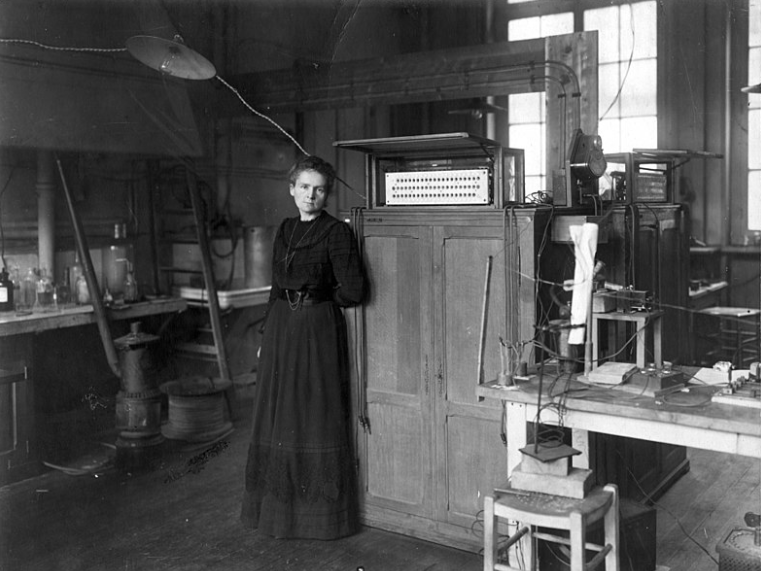
Have you ever wondered why some materials lose their magnetism when heated, while others become more magnetic? The answer lies in a phenomenon known as the Curie temperature, named for the pioneering physicist and chemist Marie Curie. The Curie temperature is the temperature at which a material undergoes a phase transition from a ferromagnetic state to a paramagnetic state. In simpler terms, it is the temperature at which a magnetic material loses its magnetization. This happens because at high enough temperatures, the thermal energy of the material overcomes the magnetic forces that keep the magnetic domains (small regions with aligned magnetic moments) in the same direction, causing them to become randomly oriented and disordered.
The Curie temperature varies depending on the type of material. For example, iron has a Curie temperature of 770°C, while nickel has a Curie temperature of 358°C. Some materials, such as aluminum, copper, and gold, have a Curie temperature of absolute zero, which means that they are not magnetic at any temperature.
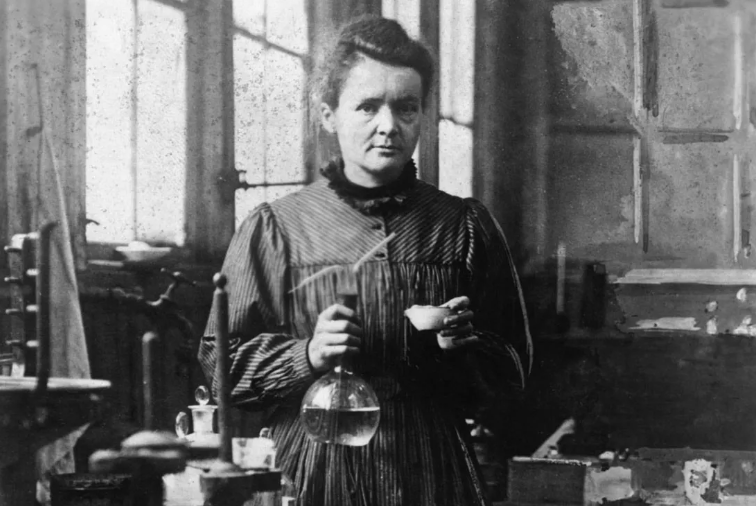
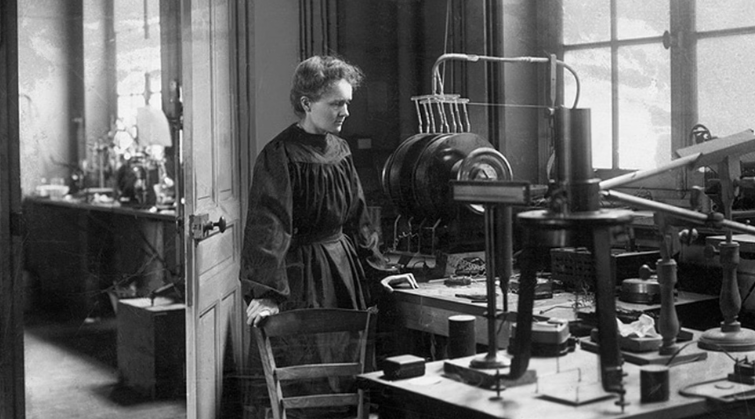
But why does this happen? To understand the science behind the Curie temperature, let’s use an analogy. Imagine a room full of people who like to dance to the same beat. They start out in their own small groups, but as the music gets louder and faster, they all start dancing in sync with each other. This represents the magnetic domains in a ferromagnetic material all aligned in the same direction. But as the room gets hotter and the music gets quieter, people start to get tired and wander off to do their own thing. This represents the thermal energy in a material that overcomes the magnetic forces that keep the domains aligned.
So what are some real applications of the Curie temperature? An example is in the production of hard drives for computers. The magnetic storage material used in hard drives must be stable at room temperature, but it must also be able to be written to and read at high temperatures. By choosing a material with a Curie temperature just above room temperature, manufacturers can ensure that the material’s magnetic properties remain stable during normal use, while still being able to manipulate the magnetic domains when writing data to disk.
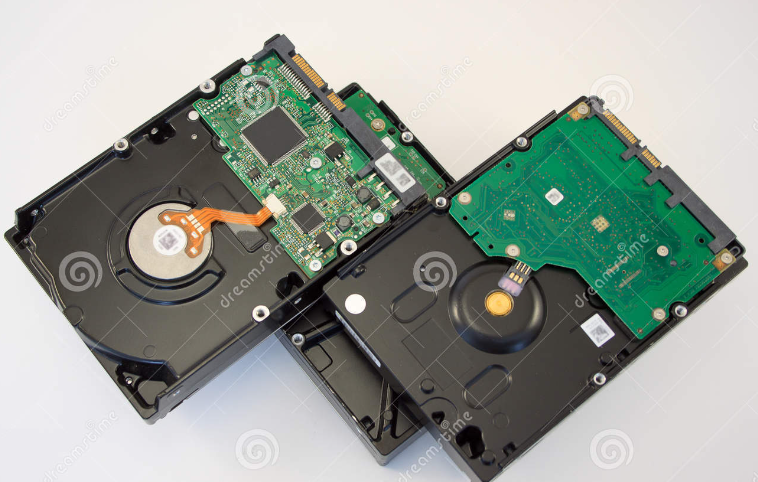
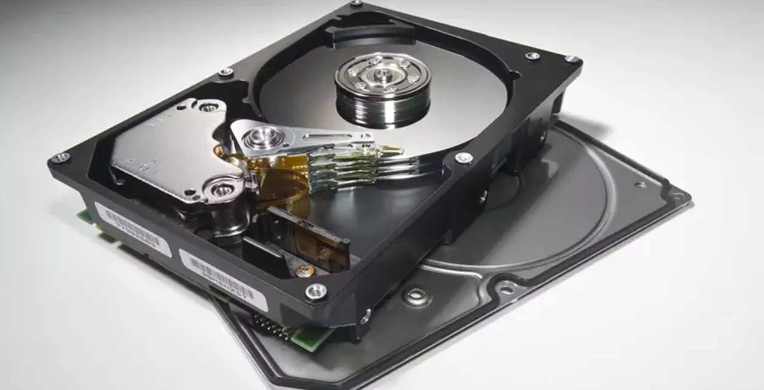
Another example is in the design of magnetic cooling systems. By using materials with a high Curie temperature, researchers have developed refrigeration systems that can operate without the use of harmful chemicals, making them a more environmentally friendly option.
Let’s see the following video that gives us an experiment on how Curie temperature works.
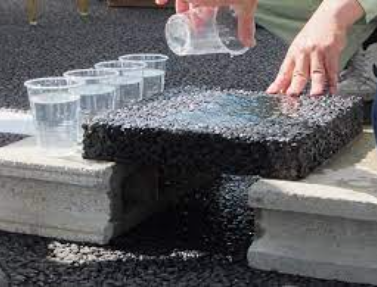
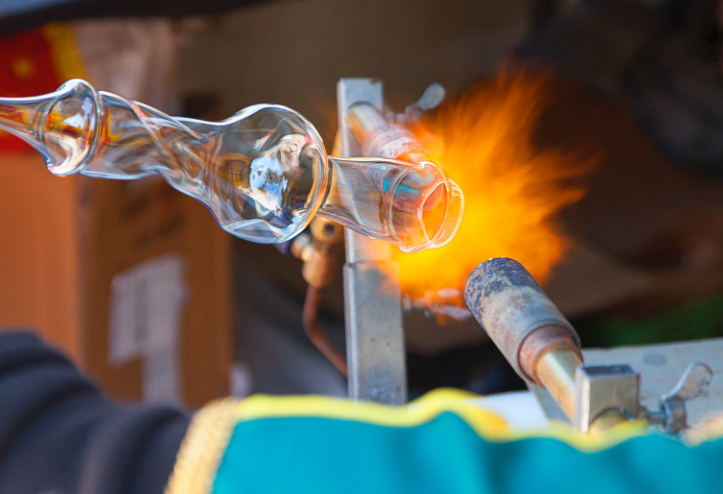
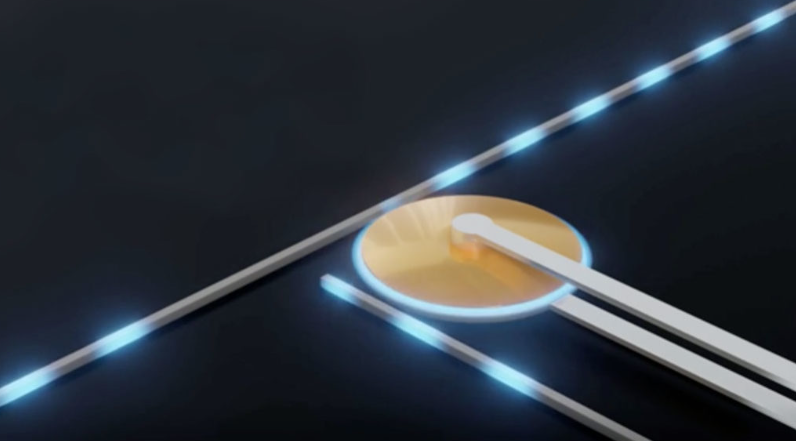


Responses